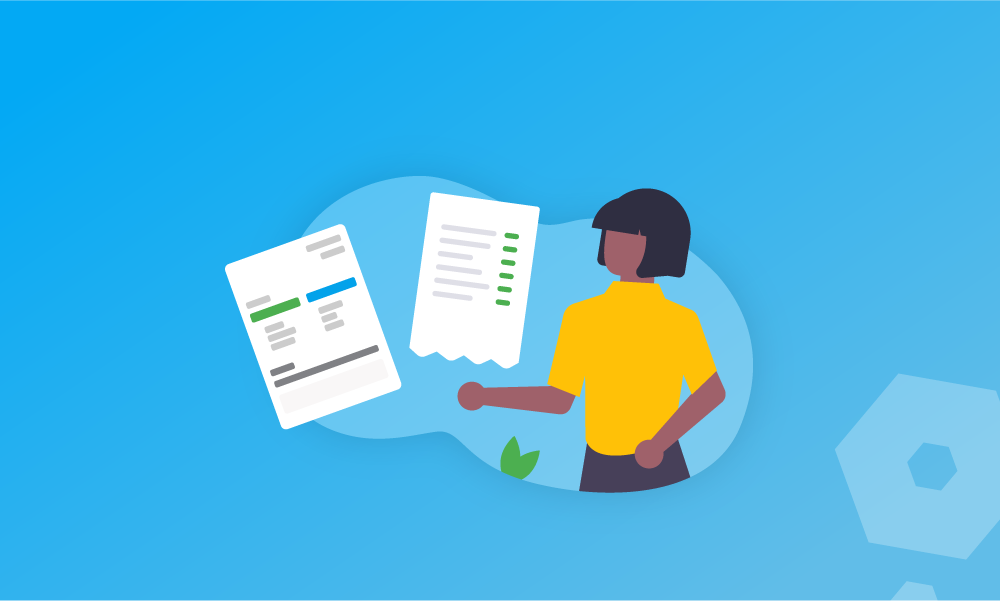Most business owners will need to deal with invoices and receipts at some point. It’s useful to understand how they’re different so you can make sure you’re recording everything in your accounts correctly, and minimise the risk of HMRC dramas or a telling-off from your accountant.
Invoicing
Create and send invoices that get you paid on time









